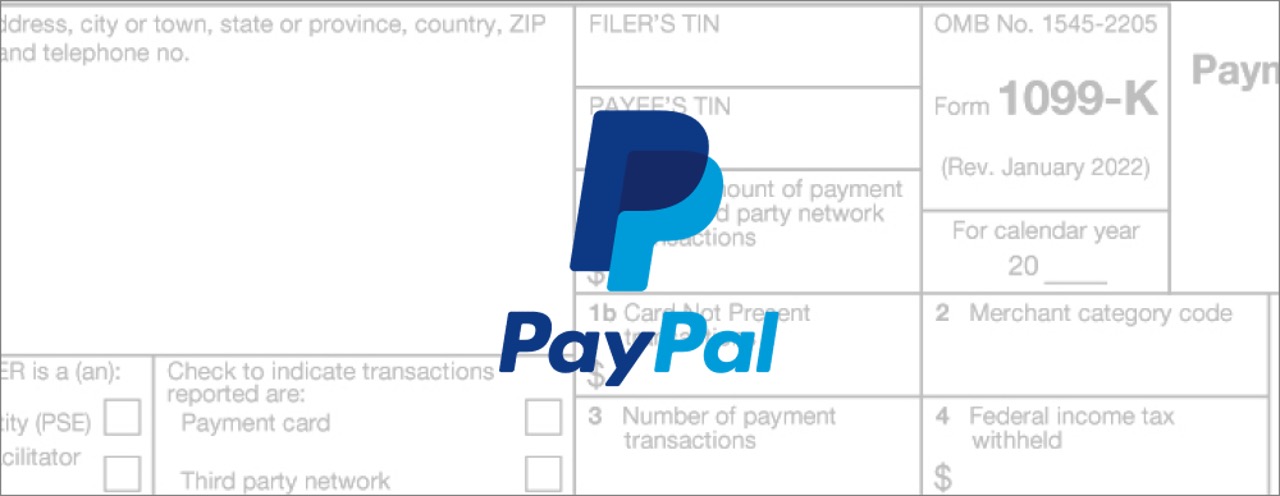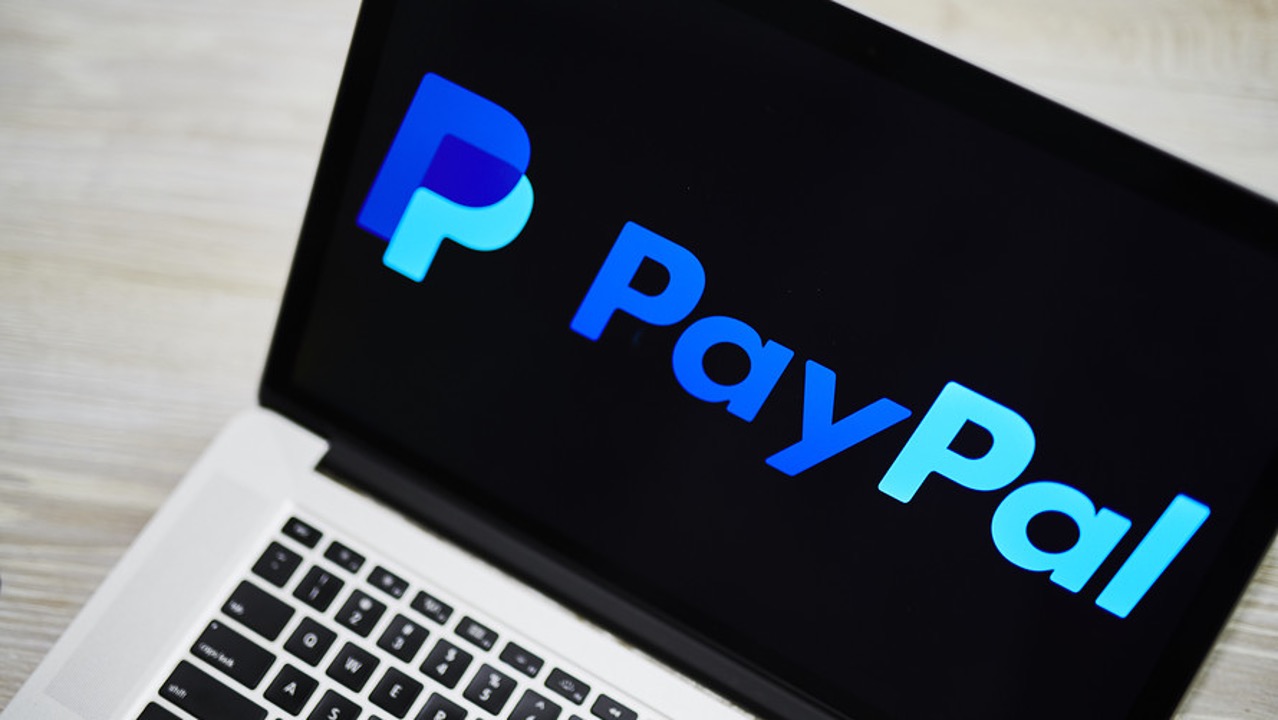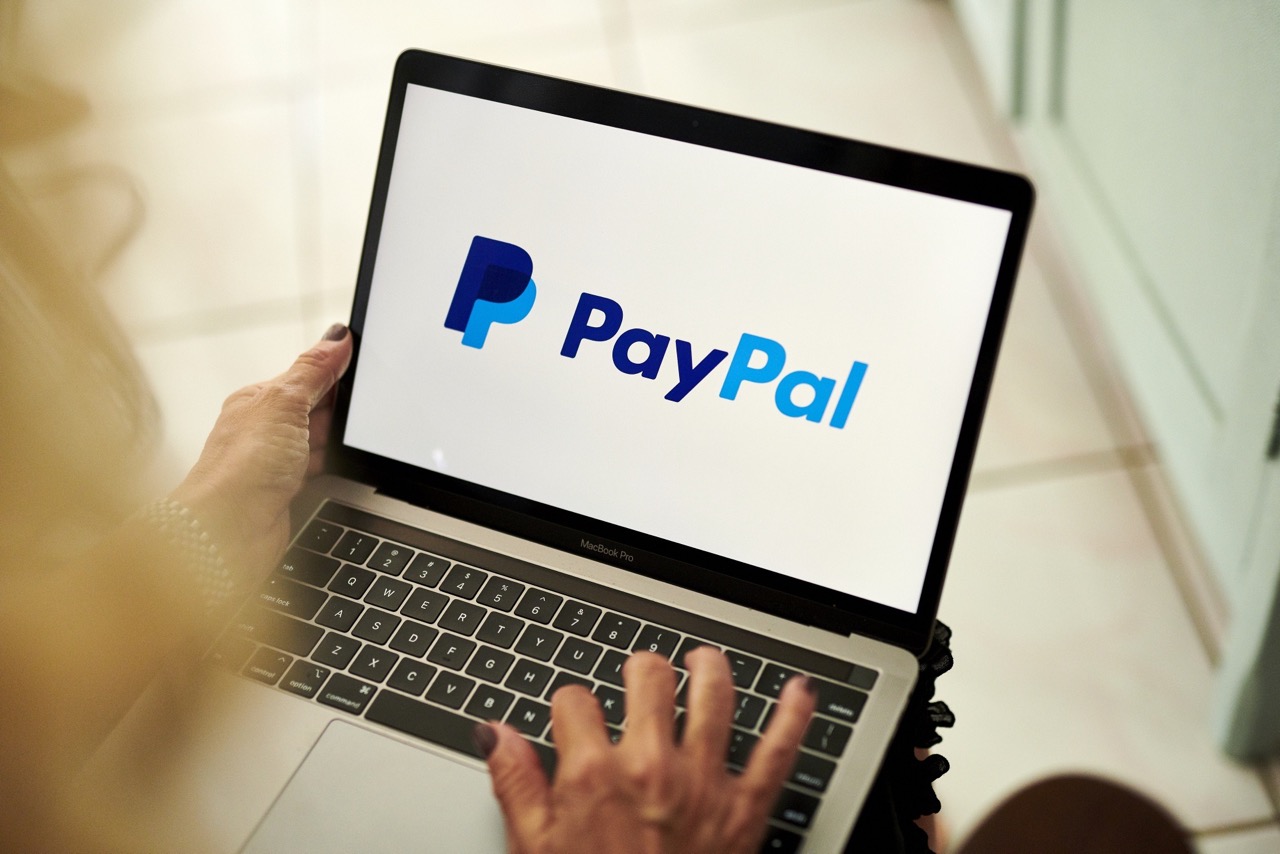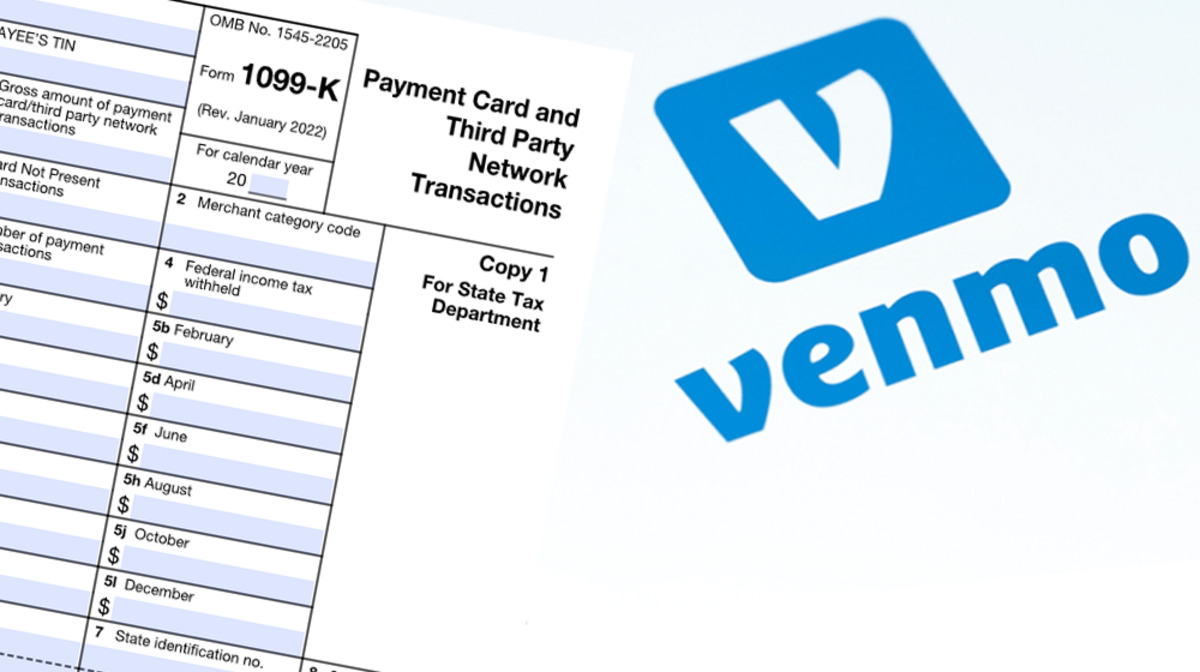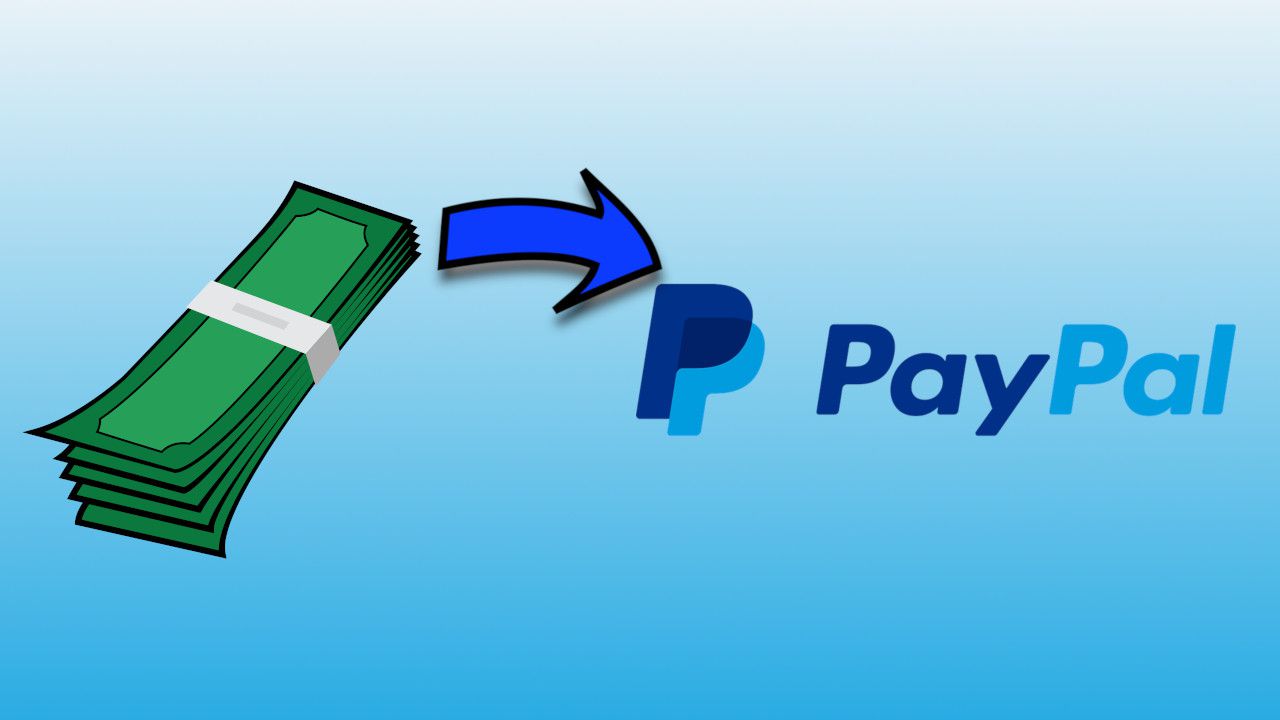Overview
Understanding your tax obligations as a freelancer, independent contractor, or small business owner is crucial. If you have been using PayPal for your business transactions, you may be wondering when PayPal sends out 1099 forms for tax reporting purposes. In this article, we will explore the process and policies related to PayPal’s 1099 forms.
1099 forms are tax forms used by businesses to report various types of income and payments made to freelancers, independent contractors, and other self-employed individuals. These forms are necessary for individuals to accurately report their income and comply with IRS regulations.
PayPal, as a widely used online payment platform, has its own policies regarding when they send out 1099 forms to their users. While PayPal does not provide tax advice, they are required to report transactions that meet certain criteria to the IRS. Understanding these criteria is important for properly reporting your income.
Throughout this article, we will cover PayPal’s 1099 form policy, as well as the criteria for receiving a 1099 form from PayPal. We will also address common questions about PayPal 1099 forms and provide some tips for filing your taxes if you receive one.
What is a 1099 Form?
A 1099 form is a tax form used to report various types of income other than wages, salaries, and tips. It is commonly used by businesses to report payments made to freelancers, independent contractors, and other self-employed individuals. In essence, a 1099 form is a way for the IRS to track and ensure that individuals accurately report their income and pay the appropriate taxes.
There are several types of 1099 forms, each corresponding to different types of income reported. The most common form used by individuals is the 1099-MISC, which stands for Miscellaneous Income. This form is generally used to report income in non-employee compensation, such as payments for freelance work, rent, royalties, and other forms of miscellaneous income.
When you receive a 1099 form, it provides you with the information needed to accurately report your income on your tax return. The form includes details such as the amount of income received, the name and address of the payer, and your identifying information. It is important to carefully review the information on the form and include it when filing your taxes.
It’s worth noting that 1099 forms are sent by businesses or individuals who have paid you, not by the IRS. If you have received income from multiple sources throughout the year, you may receive multiple 1099 forms. It is essential to keep track of all the 1099 forms you receive to ensure accurate reporting of your income.
Now that we have a basic understanding of what a 1099 form is, let’s delve into when PayPal sends out 1099 forms and what you need to know as a PayPal user.
When are 1099 Forms Sent Out?
The timing of when 1099 forms are sent out can vary depending on the type of income and the entity or individual who is responsible for reporting it. For PayPal users, the timing of when you receive a 1099 form will depend on certain criteria set by PayPal.
PayPal follows the IRS regulations and guidelines when it comes to reporting income and sending out 1099 forms. According to PayPal’s policy, they are required to send a 1099-K form to users who meet both of the following criteria:
- The user has received payments for goods and services through PayPal.
- The user has received a total of 200 transactions or more that amount to $20,000 or more in a calendar year.
It’s important to note that PayPal only takes into account payments received for goods and services, not personal transfers, refunds, or payments received in a non-business context. Therefore, if you primarily use PayPal for personal transactions or receiving payments that are not related to your business, you may not receive a 1099 form from PayPal.
If you do meet the criteria mentioned above, PayPal will send you a copy of the 1099-K form by January 31st of the following year. This form will include the total gross payment volume received through PayPal during the previous calendar year.
It is important to keep track of all your PayPal transactions throughout the year, especially if you anticipate meeting the criteria for receiving a 1099 form. This will help you accurately report your income when filing your taxes.
Now that we understand when PayPal sends out 1099 forms, let’s dive into PayPal’s specific policy regarding these forms.
PayPal’s 1099 Form Policy
PayPal has a clear policy regarding their 1099 forms to comply with IRS regulations. Their policy states that they will only issue a 1099-K form to users who meet the criteria outlined by the IRS. This means that if your transactions on PayPal do not meet the threshold of $20,000 or 200 transactions in a calendar year, you will not receive a 1099 form from PayPal.
It’s important to note that even if you don’t receive a 1099 form from PayPal, you are still responsible for reporting all income received through PayPal on your tax return. Regardless of whether or not you receive a formal tax form, it’s crucial to accurately report all income to avoid any potential penalties or legal issues.
PayPal provides a feature called the 1099-K Tax Document Dashboard to facilitate tax reporting for users who do meet the criteria. This dashboard allows users to access and download their 1099-K forms for tax filing purposes. It provides a convenient way to track and manage your PayPal income for tax reporting.
If you have further questions regarding PayPal’s 1099 form policy or need assistance with accessing your tax documents, it’s recommended to reach out to PayPal’s customer support directly. They can provide you with the necessary guidance and support to ensure compliance with tax regulations.
Now that we’ve covered PayPal’s 1099 form policy, let’s explore the specific criteria that determine whether or not you will receive a 1099 form from PayPal.
Criteria for Receiving a 1099 Form from PayPal
In order to receive a 1099 form from PayPal, you must meet specific criteria set by both PayPal and the IRS. These criteria are important to understand as they determine whether or not you will receive a formal tax form from PayPal.
The two main criteria for receiving a 1099 form from PayPal are:
- Payments for goods and services: PayPal only considers payments received for goods and services when determining eligibility for a 1099 form. Personal transfers, payments received in a non-business context, or refunds are not taken into account. If the majority of your PayPal transactions fall into these non-business categories, you may not receive a 1099 form.
- Total transaction volume: To receive a 1099 form from PayPal, you must have received a total of 200 transactions or more that amount to $20,000 or more in a calendar year. It’s important to keep track of your transactions throughout the year to determine if you meet this threshold.
It’s worth noting that the criteria for receiving a 1099 form from PayPal can change if required by the IRS. If there are any updates or changes to the criteria, PayPal will communicate this information to its users.
While receiving a 1099 form from PayPal provides a convenient way to track and report your income, it’s essential to remember that you are still required to report all income received on your tax return, even if you don’t receive a formal tax form. Accurate reporting is crucial to ensure compliance with tax regulations and avoid potential penalties.
If you have specific questions about your eligibility for a 1099 form or need further clarification on PayPal’s criteria, it’s recommended to contact PayPal’s customer support for assistance. They will be able to provide you with the necessary information and guidance.
Now that we’ve covered the criteria for receiving a 1099 form from PayPal, let’s address some common questions that PayPal users often have about 1099 forms.
Common Questions about PayPal 1099 Forms
As a PayPal user, you may have some common questions regarding 1099 forms and how they relate to your tax reporting. Here are answers to a few frequently asked questions about PayPal 1099 forms:
- What if I don’t receive a 1099 form from PayPal?
If you don’t meet the criteria outlined by PayPal for receiving a 1099 form, you may not receive one. However, it’s important to note that you are still responsible for reporting all income received through PayPal on your tax return. Keep accurate records of your PayPal transactions and report the income accordingly. - Do I need to report income if I receive a 1099 form from PayPal?
Yes, if you receive a 1099 form from PayPal, you must report the income listed on the form on your tax return. The IRS receives a copy of the 1099 form as well, so it’s crucial to accurately report the income to avoid any potential discrepancies or audits. - What if there are errors on my PayPal 1099 form?
If you notice any errors on your PayPal 1099 form, such as incorrect income amounts or personal information, you should contact PayPal’s customer support. They will assist you in resolving any inaccuracies and provide you with a corrected form if necessary. - Can I access my PayPal 1099 form online?
Yes, PayPal provides a feature called the 1099-K Tax Document Dashboard, where you can access and download your 1099-K forms. This dashboard allows for easy management and organization of your PayPal income for tax reporting purposes. - Can I use my PayPal transaction history as a substitute for a 1099 form?
While your PayPal transaction history can be helpful in tracking your income, it is not a substitute for a 1099 form. If you meet the criteria for receiving a 1099 form, you should include the information from the form when filing your taxes. The 1099 form provides official documentation of your income received through PayPal.
It’s important to consult with a tax professional or utilize tax software to ensure accurate reporting of your PayPal income and adherence to IRS guidelines. They can provide personalized guidance based on your specific tax situation and help you navigate any questions or concerns you may have.
Now that we’ve addressed some common questions about PayPal 1099 forms, let’s explore some tips for filing taxes if you receive a 1099 form from PayPal.
Tips for Filing Taxes with a PayPal 1099 Form
Filing your taxes can be a daunting task, especially if you have received a 1099 form from PayPal. To help make the process smoother, here are some tips for filing your taxes with a PayPal 1099 form:
- Organize your records: Keep track of all your PayPal transactions throughout the year. Make sure you have accurate records of income received and any related expenses. This will make it easier to report your income and claim any deductions.
- Review your 1099 form: Carefully review the information on your PayPal 1099 form, such as the income amounts and payer information. If you notice any errors or discrepancies, contact PayPal’s customer support to correct them before filing your taxes.
- Report all income: Even if you don’t receive a 1099 form from PayPal, you are still required to report all income received through PayPal on your tax return. Be diligent in reporting your income accurately to avoid any potential penalties or audits.
- Consider deductions and expenses: If you are eligible, take advantage of deductions and expenses related to your PayPal income. This could include business expenses, home office deductions, or other applicable deductions. Consult with a tax professional or utilize tax software to ensure you maximize your deductions.
- Keep supporting documentation: Retain any receipts, invoices, or other supporting documentation for your PayPal transactions. These documents serve as proof of income and expenses, and may be required in the event of an audit or tax inquiry.
- Consider quarterly tax payments: If your PayPal income is significant or if you anticipate owing a significant amount in taxes, you may need to make quarterly estimated tax payments. Consult with a tax professional to determine if quarterly payments are necessary for your situation.
- Stay updated on tax regulations: Tax laws and regulations can change each year. Stay informed about any changes that may affect your tax filing obligations, deductions, or other relevant factors. This can help you avoid any surprises or missed opportunities when it comes time to file your taxes.
Remember, while these tips can be helpful, it’s always recommended to consult with a tax professional or utilize tax software to ensure accurate and compliant tax filing. They can provide personalized guidance based on your specific tax situation.
Now that we’ve covered some tips for filing taxes with a PayPal 1099 form, let’s wrap up this article by summarizing the key points discussed.
Conclusion
Understanding when PayPal sends out 1099 forms and how to navigate the tax reporting process is essential for freelancers, independent contractors, and small business owners who use PayPal for their transactions. While PayPal follows IRS guidelines and criteria for issuing 1099 forms, it’s important to remember that you are still responsible for reporting all income received through PayPal, regardless of whether you receive a formal tax form.
By familiarizing yourself with PayPal’s 1099 form policy, the criteria for receiving a 1099 form, and common questions surrounding PayPal 1099 forms, you can ensure compliance with tax regulations and accurately report your income. It’s also crucial to keep organized records, carefully review your 1099 form, and consider deductions and expenses related to your PayPal income to optimize your tax filing process.
If you have specific questions about PayPal’s 1099 form policy, accessing your tax documents, or reporting income, it is recommended to reach out to PayPal’s customer support or consult with a tax professional.
Remember, when it comes to taxes and reporting income, accuracy and compliance are crucial. Stay informed about tax regulations, keep detailed records, and seek professional guidance when necessary. By doing so, you can navigate the tax filing process smoothly and ensure compliance with tax laws.
We hope this article has provided you with valuable insights into PayPal’s 1099 forms and the process of filing taxes as a PayPal user. By following the guidelines and tips outlined in this article, you can approach your tax obligations with confidence and peace of mind.







